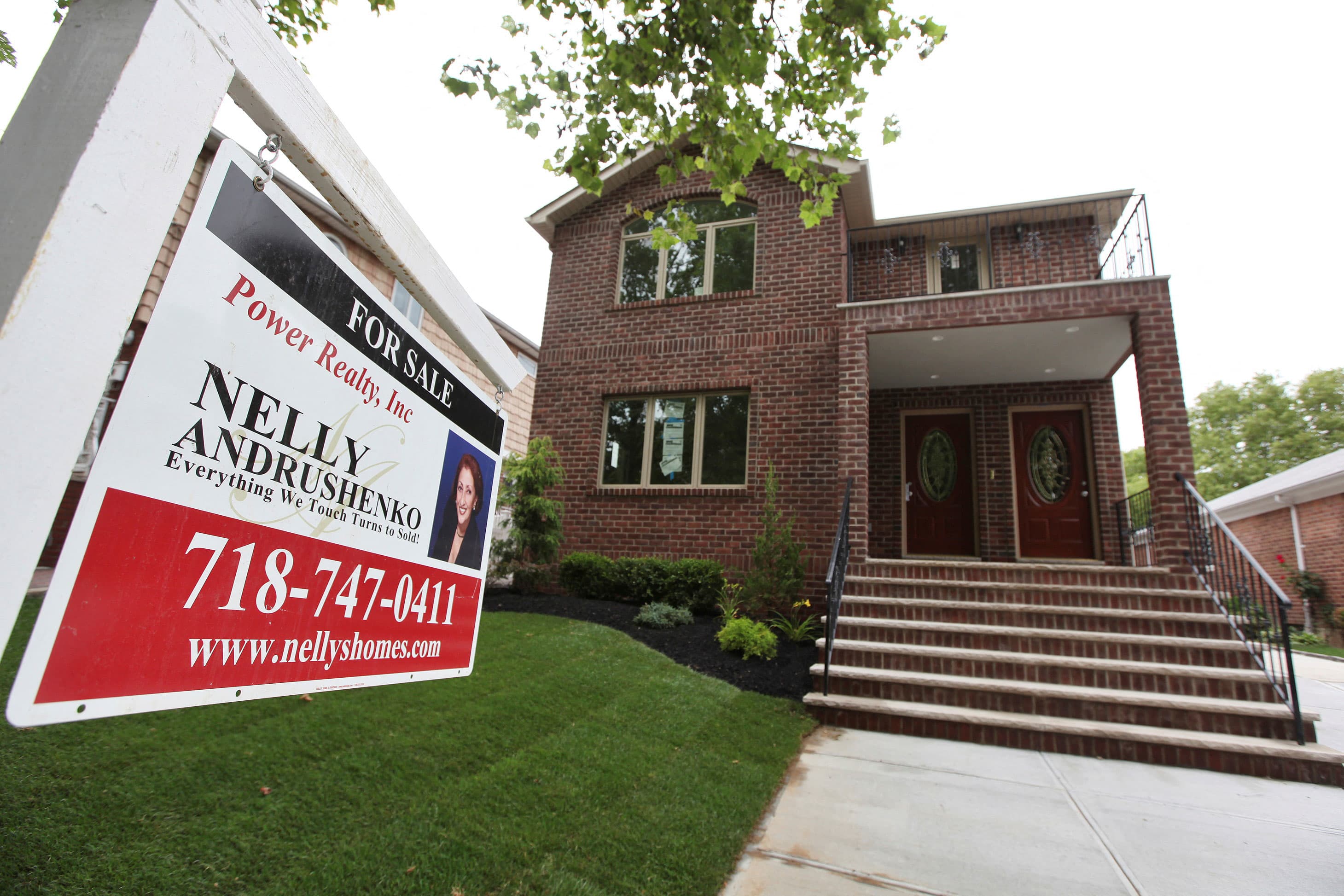The war-induced drop in U.S. mortgage rates was short-lived. Rates popped up again this week to the highest level in nearly two years.
The average rate on the popular 30-year fixed mortgage hit 4.19% and then fell to 3.90% once the Russian invasion of Ukraine began, according to Mortgage News Daily.
The crisis roiled global financial markets and sent investors to the relative safety of the bond market. Mortgage rates follow loosely the yield on the 10-year Treasury.
But as inflation concerns, and expected policy changes from the Federal Reserve, overrode everything else, bonds sold off and rates moved higher. The average on the 30-year fixed is now around 4.25%, a full percentage point higher than it was one year ago.
“Over the long-term, we expect rates to continue to rise as inflation broadens and shortages increasingly impact many segments of the economy. However, uncertainty about the war in Ukraine is driving rate volatility that likely will continue in the short-term,” said Sam Khater, chief economist at Freddie Mac in a release Thursday.
That’s not good news for homebuyers, who are facing the tightest, priciest market in history.
“Last week’s data indicates that homebuying competition is picking up as we move closer to the market’s busiest season. National listing prices, which hit a new all-time high in February, continued to accelerate at a double-digit annual pace,” said Danielle Hale, chief economist at Realtor.com.
But there is some good news. The inventory of actively listed homes, which is near a record low, saw its fifth straight week of improvement last week.
Buyer competition is intensifying. A rising number of homes are again selling above list price, reaching last summer’s frenzied levels after a brief reprieve last fall and this winter.
While mortgage rates are expected to keep rising, they may do so more slowly now.
“The silver lining from a prediction standpoint is that the bond market has probably already done a majority of the dirty work of achieving the next major high in rates/yields,” said Matthew Graham, chief operating officer at Mortgage News Daily. “It’s worth noting that the current rate spike is less than half a percent from being as big as the 2016-2018 rate spike – the biggest one we’ve had since the 1990s.”
